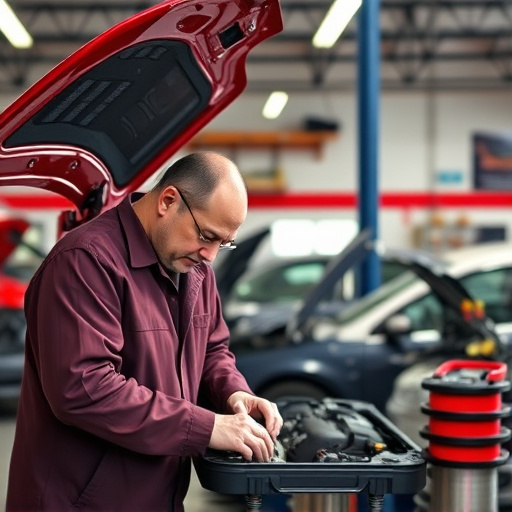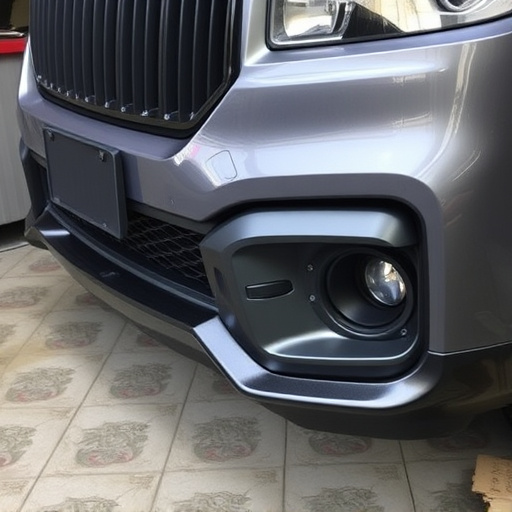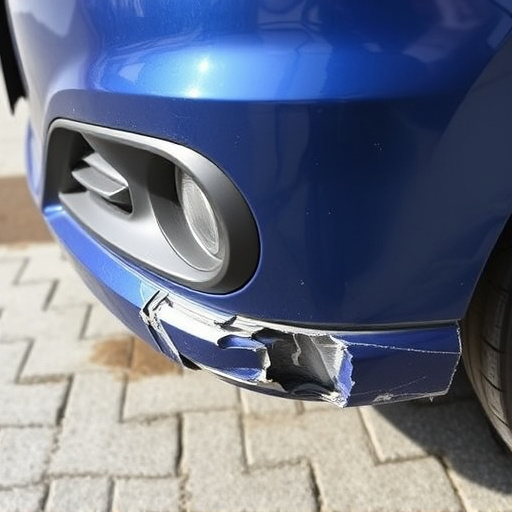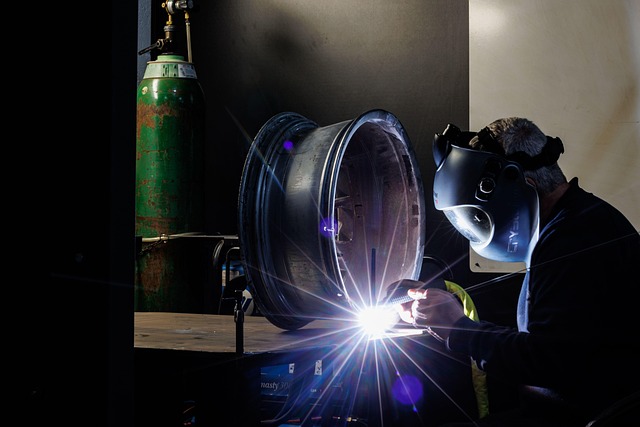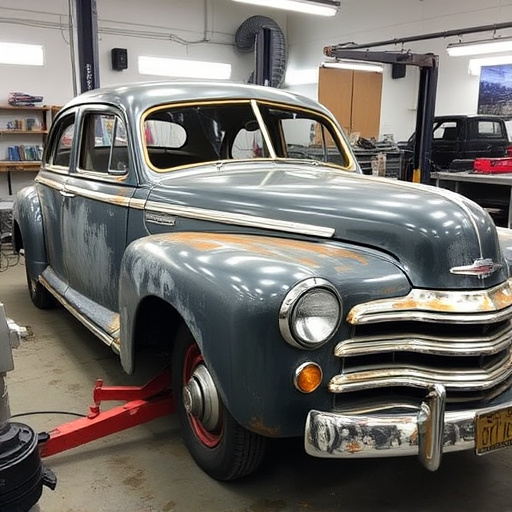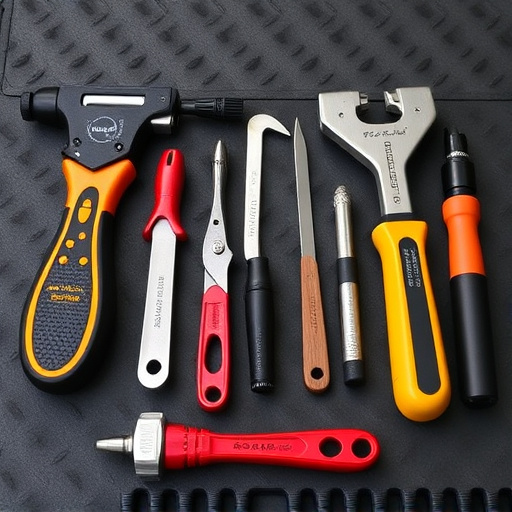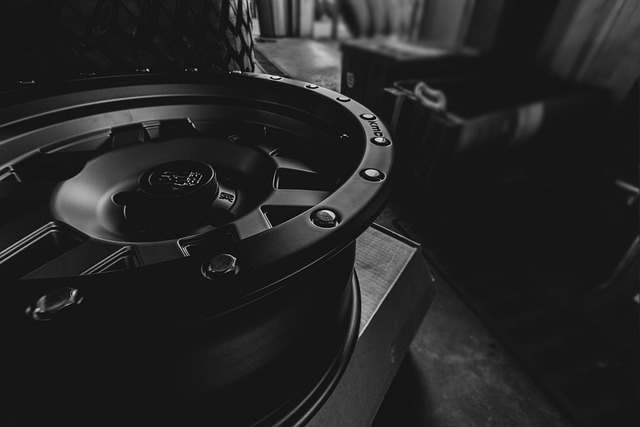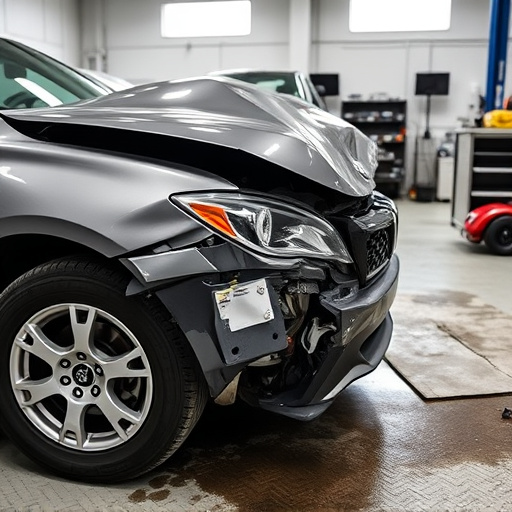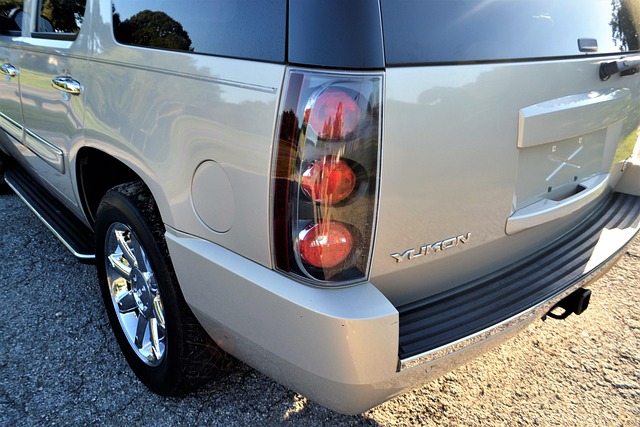Selecting auto body shop parts demands vigilance against low quality or counterfeits, indicated by excessively low prices, inconsistent fitment, visible defects, and lack of warranty. Inspect parts for subpar materials, manufacturing defects like uneven cuts or misaligned seams, and paint inconsistencies. Using unreliable parts can compromise vehicle safety and structural integrity. Car owners should prioritize well-established brands with comprehensive warranties that adhere to industry regulations for longevity and peace of mind.
Spotting low-quality auto body shop parts is crucial for ensuring your vehicle’s safety and longevity. This guide breaks down the key indicators, from identifying subpar materials and unreliable brands to understanding part incompatibility. Learn how to research and verify origins, conduct thorough inspections, and test before installation. By mastering these steps, you’ll be equipped to make informed choices, avoiding costly mistakes and ensuring top-notch repairs at your auto body shop.
- Understanding the Red Flags of Low-Quality Parts
- – Identifying subpar materials and manufacturing defects
- – Unreliable brands and lack of industry certifications
Understanding the Red Flags of Low-Quality Parts
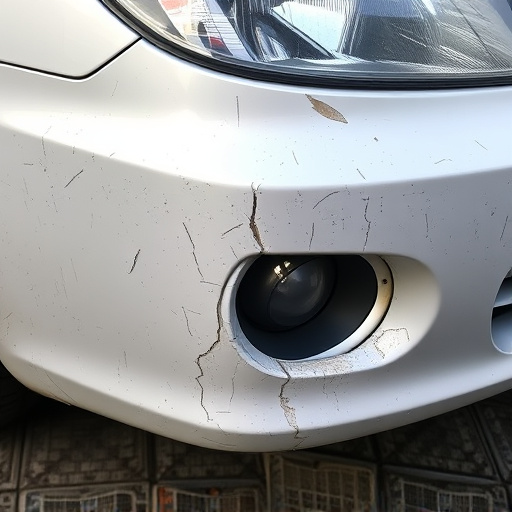
When it comes to auto body shop parts, recognizing red flags is key to ensuring you get quality repairs. One of the most obvious signs is the price that seems too good to be true; if a part is significantly cheaper than others, it might indicate low quality or even counterfeits. Another telltale sign is inconsistent or poor fitment during installation; parts that don’t align perfectly with your car’s make and model are likely subpar.
Low-quality auto glass repair, body shop services, or car bodywork services often show signs of poor craftsmanship, such as visible defects, misaligned panels, or irregular paint jobs. Moreover, lack of warranty coverage or hesitancy from the shop to provide written estimates can be red flags. Always trust your instincts; if something feels off, it’s worth cross-checking with another reputable body shop.
– Identifying subpar materials and manufacturing defects

When inspecting auto body shop parts, one of the key indicators of low quality is the use of subpar materials. Look for signs that the components are not made from durable and reliable substances. For example, plastic parts should be robust and impact-resistant, yet cheap alternatives may feel flimsy or brittle. Similarly, metal panels should have a smooth finish without any visible rust or corrosion, which could indicate poor-quality steel or improper surface treatment.
Manufacturing defects are another red flag. Examine the edges of panels for uneven cuts, misaligned seams, or visible gaps. These imperfections suggest that the parts were not manufactured to precise standards, potentially compromising their structural integrity. Additionally, check for paint inconsistencies in collision repair or car body restoration jobs. Paintless dent repair techniques should leave no trace of damage, so any visible imperfections or uneven finishes may point to inferior workmanship and materials.
– Unreliable brands and lack of industry certifications
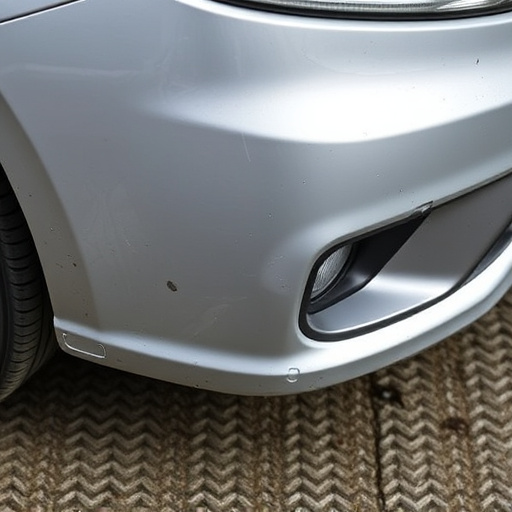
When it comes to auto body shop parts, unreliable brands and a lack of industry certifications are red flags that should never be ignored. Many low-quality components on the market do not meet the standards set by leading automotive manufacturers. These parts may be sold under obscure or unproven brands, lacking the necessary certifications that guarantee their safety and durability.
Car repair services and automotive body shops that rely on such parts can lead to subpar repairs, compromising the structural integrity of vehicles and potentially endangering drivers. Always verify the reputation of a shop and the quality of their components, choosing well-established brands that offer comprehensive warranties and meet industry regulations. This ensures not only the longevity of your vehicle but also your peace of mind on the road.
When it comes to auto body shop parts, quality should never be compromised. By understanding the red flags, such as identifying subpar materials, manufacturing defects, and unreliable brands lacking industry certifications, vehicle owners can make informed decisions. Choosing high-quality auto body shop parts is essential for long-lasting repairs and safety on the road. Always do your research to ensure you’re getting the best possible replacement parts for your vehicle.
